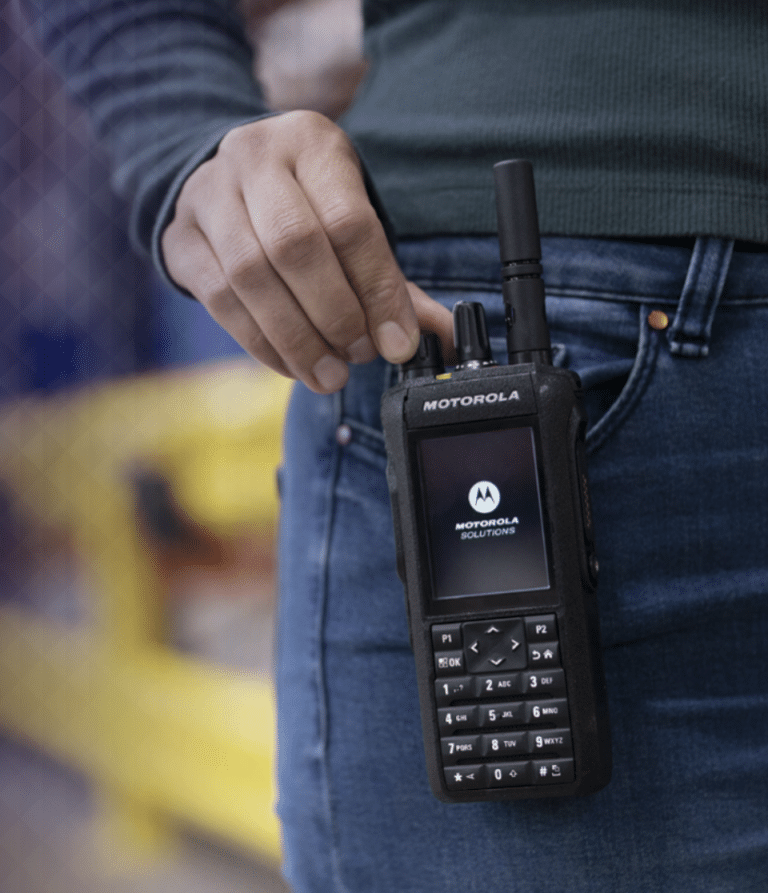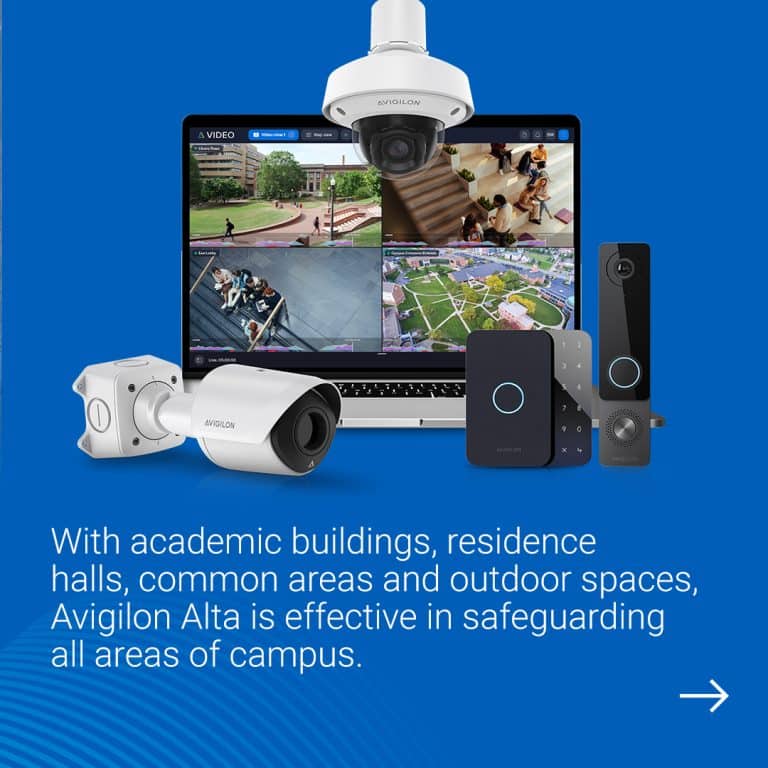Key Points:
- Technology tools are essential for better management of modern demands
- Connect systems for greater control and coordination of people and resources
- Advanced ‘smart’ two-way radios are hitting the market with big potential
Hospitality work goes a lot smoother when technology is part of your operations strategy. Here’s some food for thought to give you perspective on where you’re at, and where you might go from here to do business better in 2022.
√ Need It Now
Commercial radios make real-time coordination a snap, and the devices hold up under the stress of non-stop use in difficult conditions, but if you’ve been using the same two-way radios for a long time, you could be missing out on valuable options.
“We still see some hospitality businesses with analog two-ways because they’re used to them and don’t think about upgrading,” says Chad Menke, Commenco’s Director of Commercial Radio Systems & Networks. “If you haven’t switched to digital radios, now is the time. There’s no question they are better devices all the way around.”
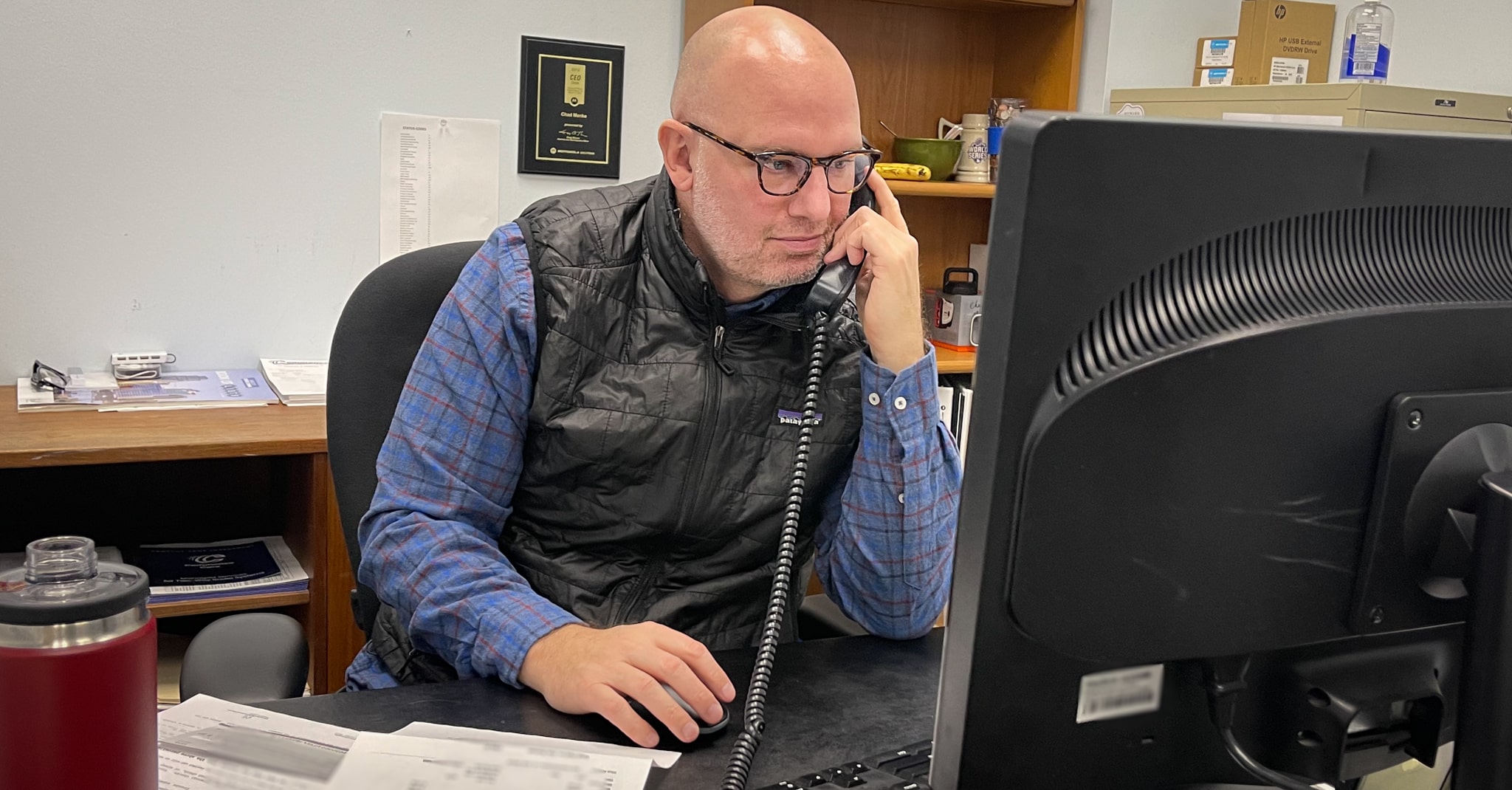
Digital radios are better than analog radios in important ways that matter to every user. For starters, they sound better — a lot better. Crystal clear audio alone is a good enough reason to switch. You’ll be surprised at the clarity and wonder why you didn’t upgrade before. Another digital benefit is better coverage. Menke says digital two-ways do a much better job of reaching across your property.
“Many businesses still using analog radios just get used to working around dead spots where their radios don’t work so well. Digital devices overcome more of those barriers and give you a clear signal where you didn’t have one before.”
And who doesn’t value more battery life? Digital two-way batteries last longer, keeping your team in action and sending them back to their chargers less frequently. “You can expect digital two-way batteries to last at least 40-percent longer on a charge than analog. That’s a minimum. Depending on the environment and the specific battery, it could be much longer than that.”

When Menke walks through a restaurant or hotel these days, there’s something else he expects to see, but it’s not always there. “Surveillance cameras. If you don’t have them, you really need them now.”
Surveillance cameras are now common in most businesses, and hospitality businesses are no exception. Technology that can document activity and keep an eye out for trouble is extremely valuable, especially when you’re managing a constant flow of guests and energetic crowds.
“Just make sure you stick with commercial-grade surveillance cameras. Don’t be tempted by consumer deals online or at big box stores,” adds Menke. “Consumer devices are not designed for steady, heavy use and you’ll be disappointed. It’s a hassle. Commercial cameras are dependable and do the job right with so much more potential.”
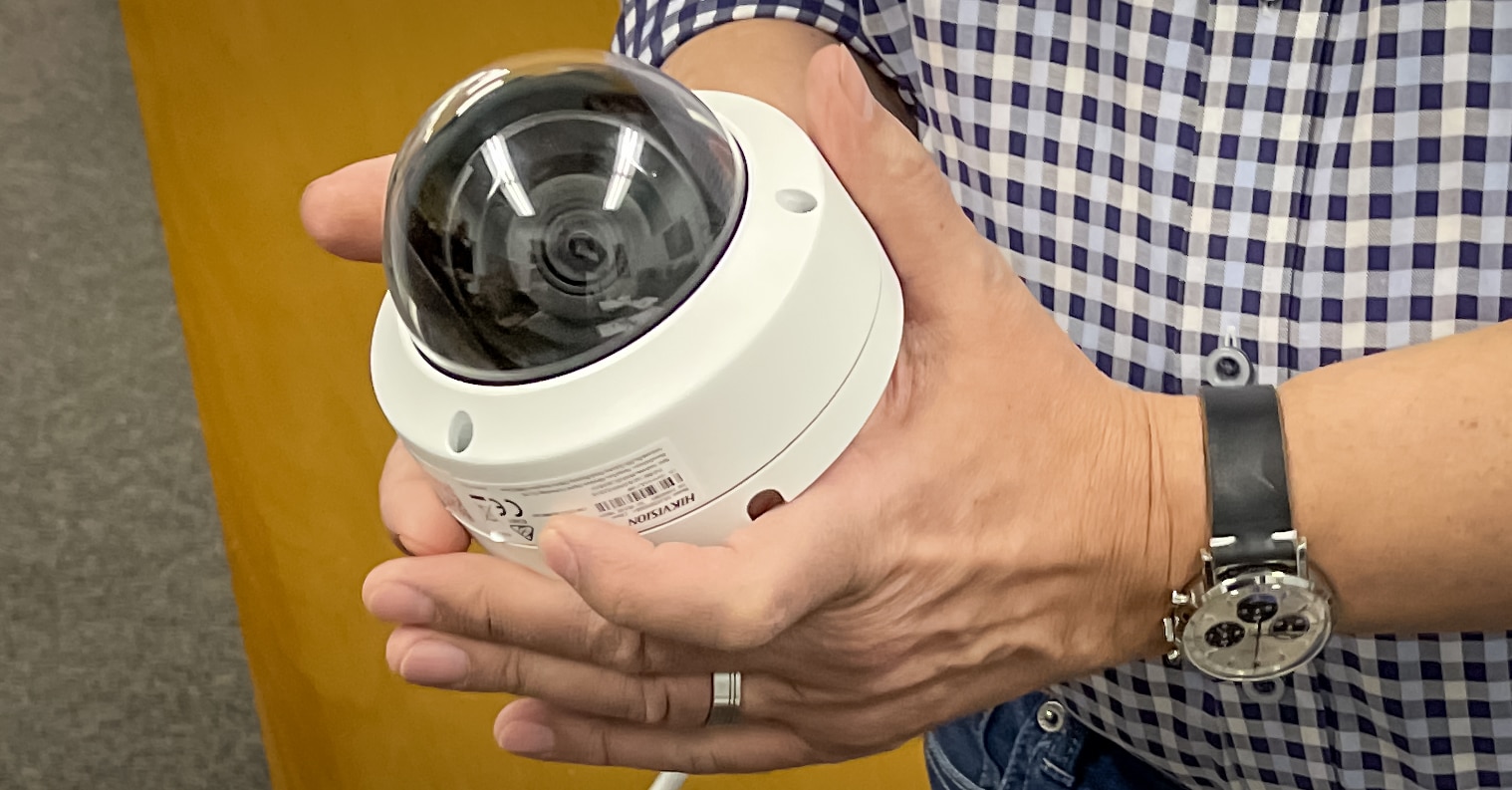
+ Nice to Have
Digital two-way radios and surveillance cameras are extremely valuable in their own right, but when you connect them, both systems go to the next level. That’s why Menke believes a camera system integrated with a radio system is really nice to have. “Everything just gets smarter and more efficient.”
Imagine a surveillance camera catching a glimpse of someone trying to break into your hotel or causing trouble in the parking lot, and immediately sending an alert to your two-ways. Real-time communication shared between cameras and radios can mean preventing problems before they happen or quickly managing them before they get out of control.
“It puts you in a position of being more proactive than reactive,” says Menke. “You can get on top of situations before they snowball. With some radio systems, you can go even further and get camera views on your radios too.”
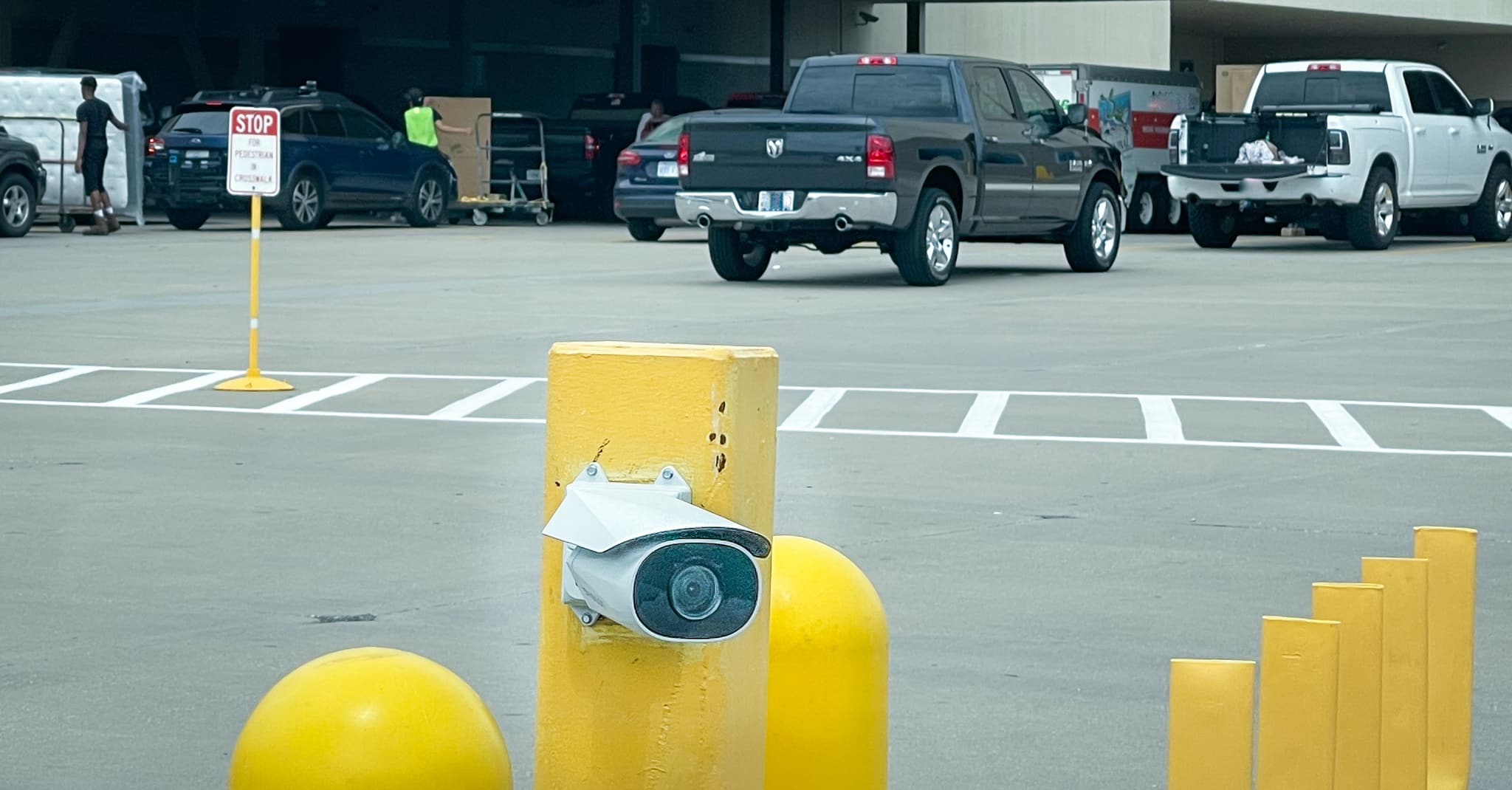
Connecting systems can open up even more possibilities. Could your hospitality business benefit from connecting your cameras to your access control system as well? Imagine having the ability to see and identify hotel guests before unlocking a back or side door.
“It’s all about the software,” says Menke. “Smart cameras and analytical capabilities can give you more control than you thought possible and make it easy, too. These kinds of benefits are becoming very popular.”
> Start Thinking About
Look on the horizon and you can see better technology and fewer devices coming. Members of your team may be used to running around strapped with tech tools including tablets, two-ways, and cell phones. They’re all part of the profile of the modern hospitality worker. But what if those tools were engineered into a single device?
“Two-way radios now hitting the market combine industrial hardware with advanced system software for a level-leap in performance. These devices are specifically designed for business, offering a robust bundle of both voice and broadband capabilities.”
‘Smart’ radios are easy to use, rugged enough to withstand real-world working conditions, and still capable of delivering elite functionality that gives you more control in managing hospitality work. They can even be configured to keep you connected if you travel off your property. And the integration of high-resolution cameras allows you to bounce photos around to co-workers who need to see situations first-hand.
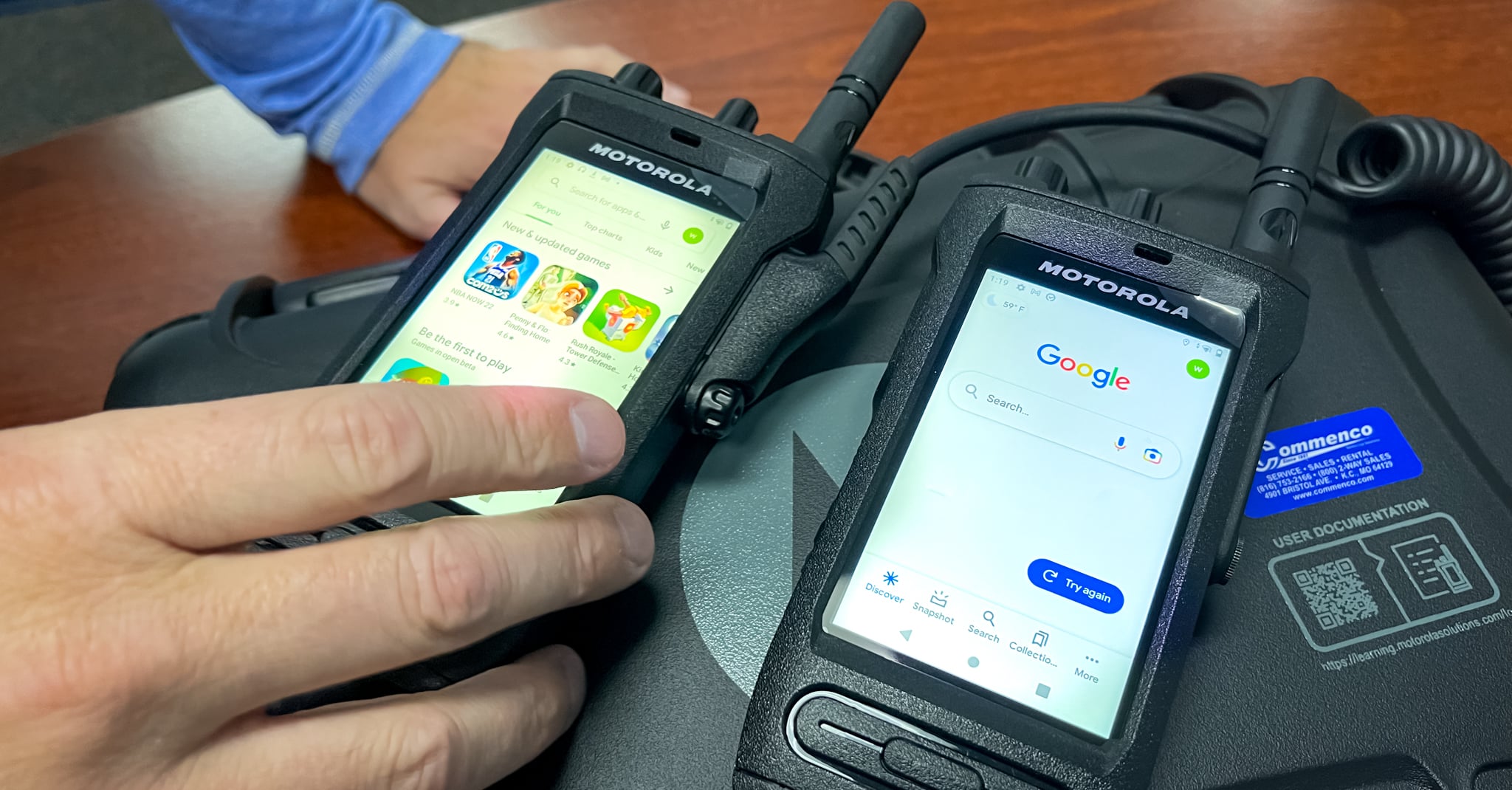
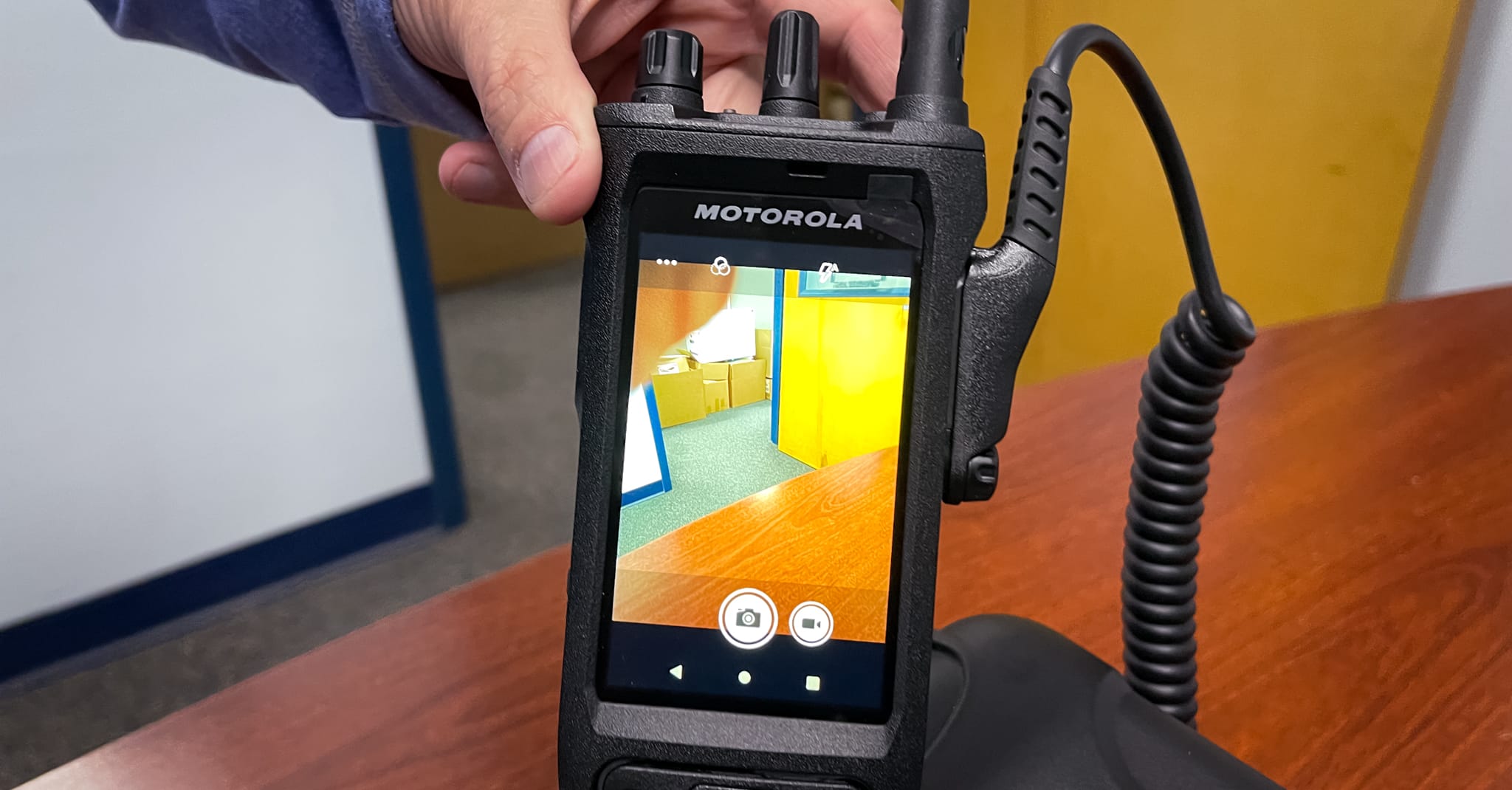
“They’re great for managers,” says Menke. “But even custodial crews can work smarter with cameras by sending photos of leaks, messes, and other problems so that the rest of the team can fully understand what’s going on and get to work on solutions immediately.”
Smart radios are more expensive, but consider the cost-savings that come with eliminating multiple devices without giving up the ability to talk, text, email, snap photos and videos, browse the Internet, and more.
“It’s definitely something to start thinking about. Converging technologies are leading to better devices with stronger solutions. They will eventually become the new workhorses.”
One more thing to start thinking about: sensors. They’re hitting the market for specialized commercial use and are becoming very popular, very quickly. Sensors can be deployed to monitor anything from air quality and temperature to moisture, and even bathroom messes.
“Something happened at a hotel in Kansas City recently that says it all,” says Menke. “A leak in the basement went unnoticed and turned into high water that caused damage and required expensive repairs. It may have been prevented by a sensor that detected the leak as soon as it started. And the cost of sensors is nowhere near the cost of all those problems.”
What if you could detect a restaurant refrigerator problem before your food goes bad or a water heater failure before hotel showers run cold? It’s plain to see, sensors are something to be thinking about, too.
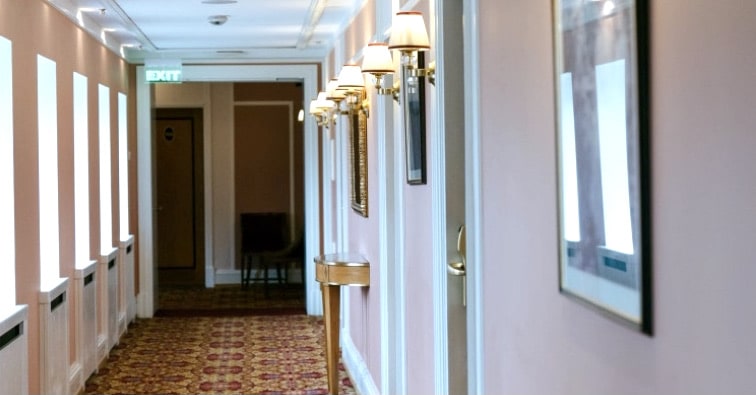
Work Smarter for a Better Guest Experience.
Manufacturing has always pushed the limits of technology, but outside of the workhorse equipment that yields products, facility technologies can Hospitality will likely see a major comeback as the pandemic recedes. Effectively managing the guest experience will become critical as brands compete for business from crowds hungry for a good time. Equipping your team and your facility with technology made for modern demands means less worry, better performance, and fewer ugly surprises. Invest now for a rewarding new era.





